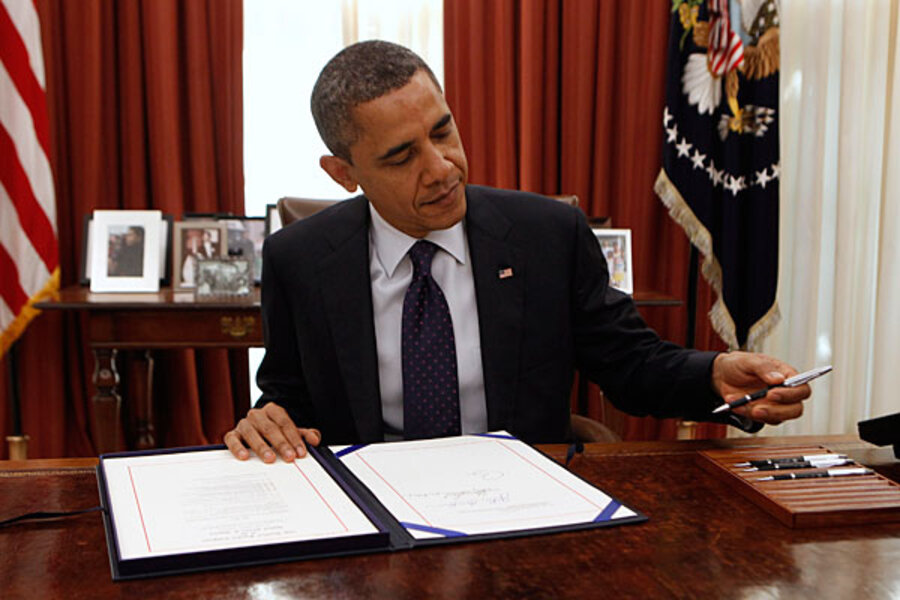Unemployment extension 101: what the payroll tax deal means for the jobless
Loading...
| New York
Congress’ decision to reauthorize the current federal unemployment program for two months is like a holiday gift for some 2.9 million Americans who would have otherwise lost their benefits in that time.
Now, people who lost their jobs in July and August and were collecting 26 weeks of state unemployment can move on to the federal Emergency Unemployment Compensation (EUC) program. This will give them benefits for an additional 20 weeks.
The congressional agreement also means people who are already in the EUC program will not be phased out of the program as they would had Congress done nothing. Instead, they can move on to the next Tier.
For example, if an individual was in Tier I (the 20 week program) but would have exhausted those benefits at the end of January, that individual will now be eligible to move to Tier II, which offers an additional 14 weeks of unemployment checks. This would take them through the end of April.
This would be true for anyone in any of the tiers. Tier I provides 20 additional weeks of unemployment; Tier II gives an additional 14 weeks; Tier III is 13 weeks, and Tier IV is 6 weeks. Anyone in those tiers whose benefits will expire before February 29, can move to the next tier, assuming it is available in their state.
The congressional reauthorization also means that the Extended Benefits (EB) program will continue for 33 states and the District of Columbia. This means an individual who would have lost EUC benefits over the next two months could be eligible for an extra 13 weeks or perhaps 20 weeks of unemployment checks.
If a state has an unemployment rate over 6.5 percent but less than 8 percent, the unemployed may get 13 additional weeks; if the unemployment rate is over 8 percent, it is an extra 20 weeks. The state has to participate in the program.
However, the action by Congress hasn’t changed the law that only gives EB to states if the average unemployment rate over the past three months is at least 10 percent higher than the corresponding period in any of the prior three years. Since unemployment rates have been generally flat or falling over the past year, this means most states willbegin phasing out of the EB program over the course of 2012.
Experts at the National Employment Law Project (NELP) which advocates for the unemployed, say most EB programs will be gone by November unless the economy takes a sudden turn for the worse.
Once Congress returns, it will also have to hash out some marked differences in the House and Senate bills if it is to continue the extended unemployment benefits through the end of the year.
For example, the House included a proposal that an individual had to have a high school diploma or GED to collect benefits. In addition, the House gave the states the ability to require drug testing for unemployment claimants. And, the House bill would allow states to apply for waivers from federal unemployment law that would enable states to use their unemployment trust fund dollars for purposes other than the payment of benefits. The Senate did not include any of these proposals.





